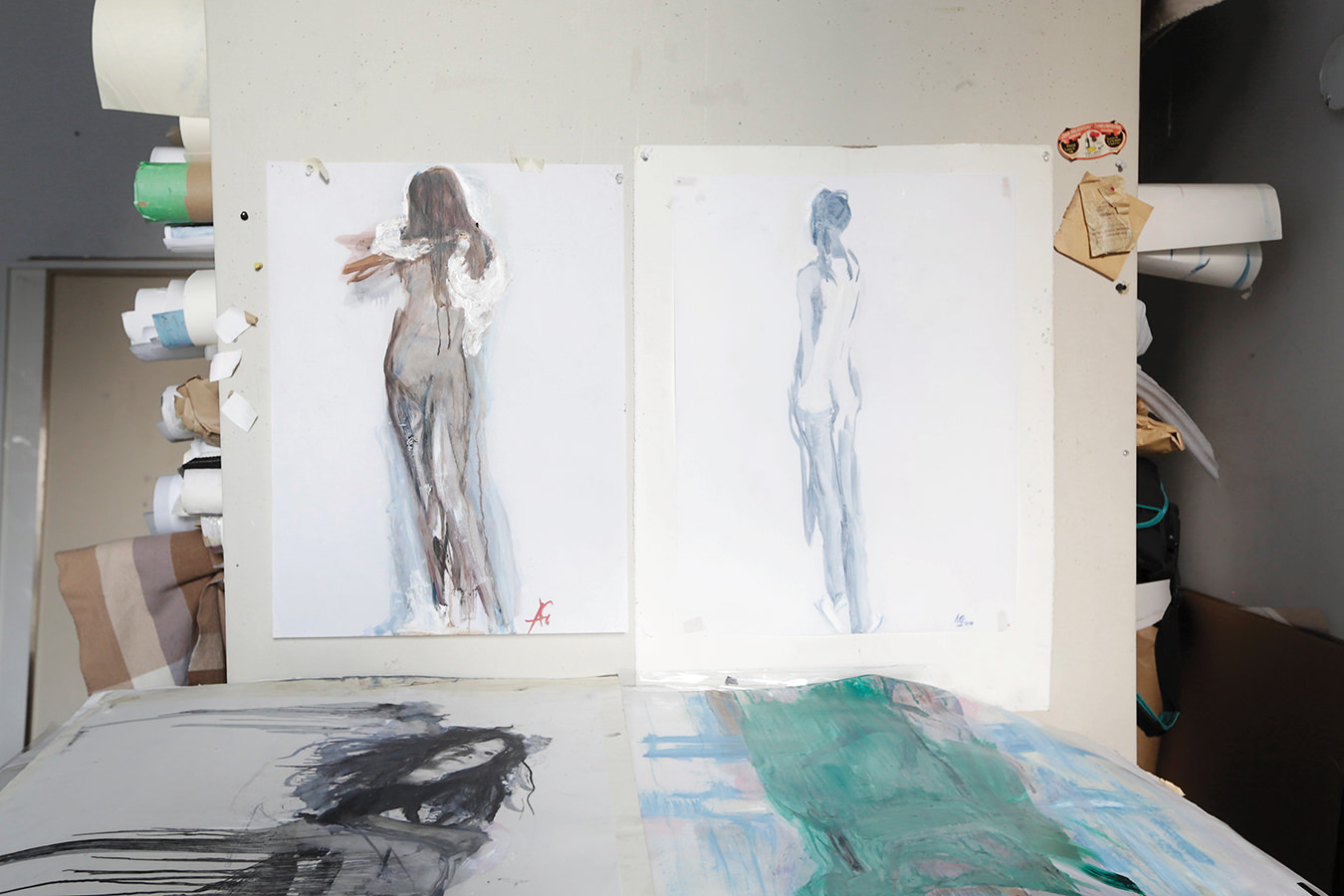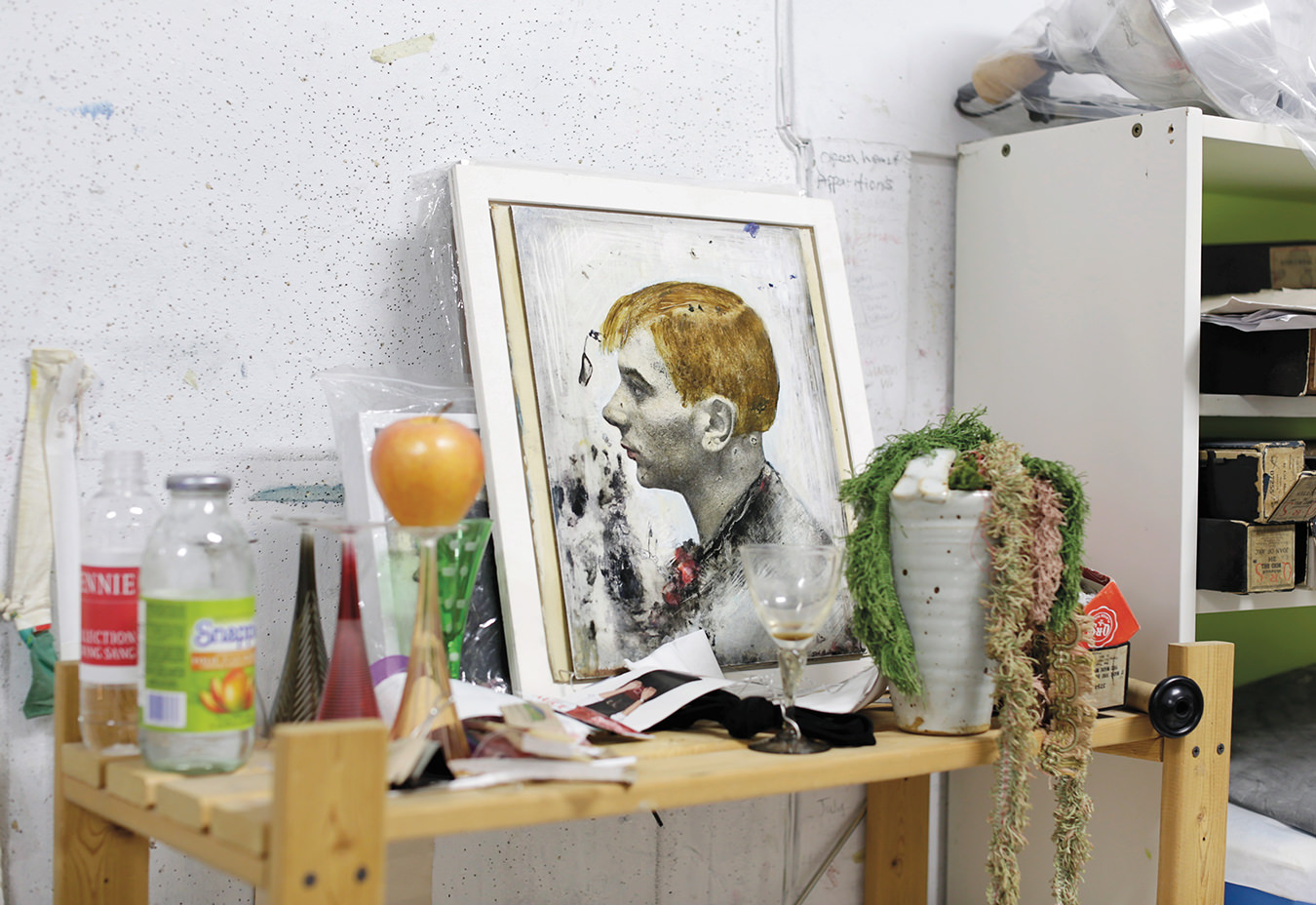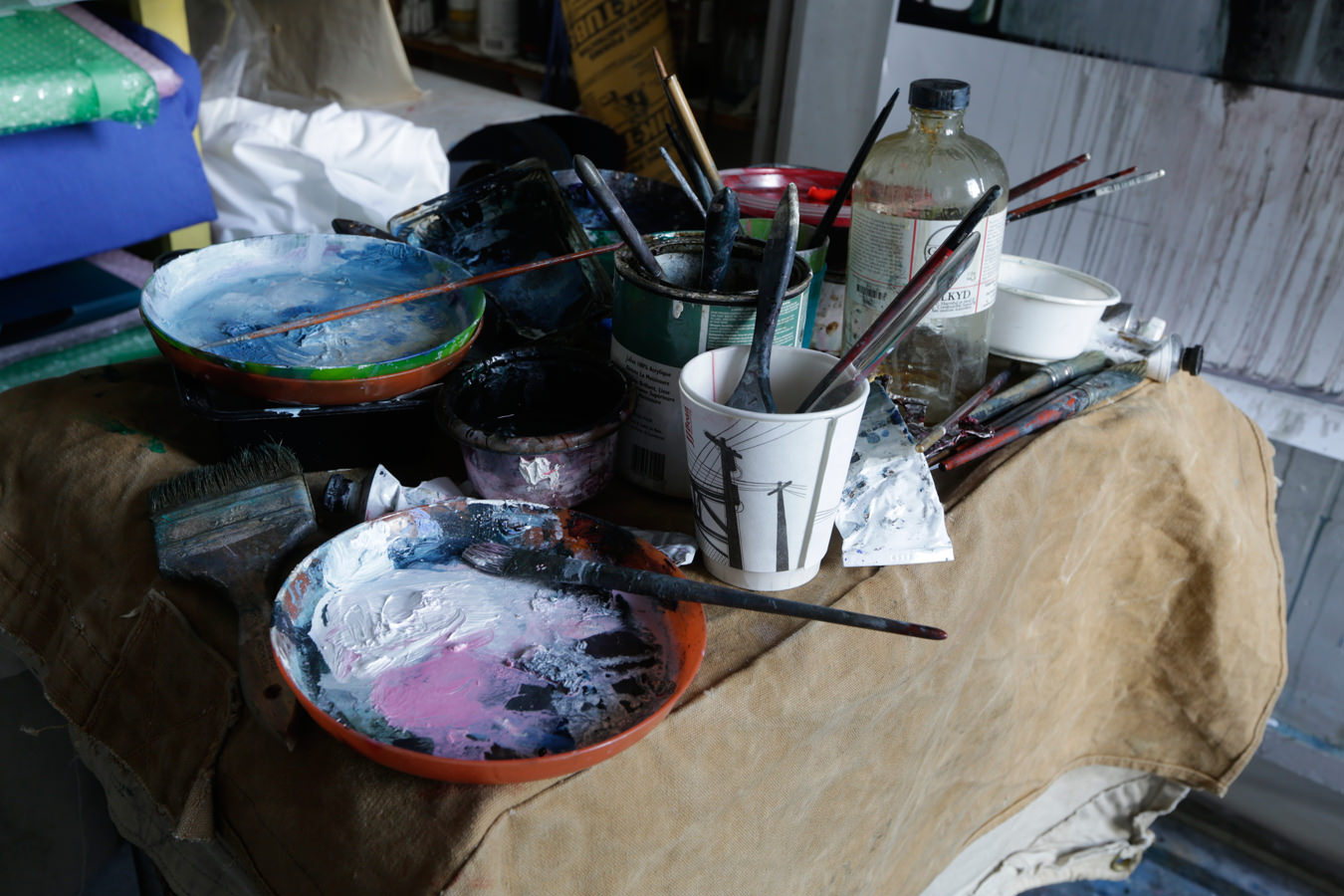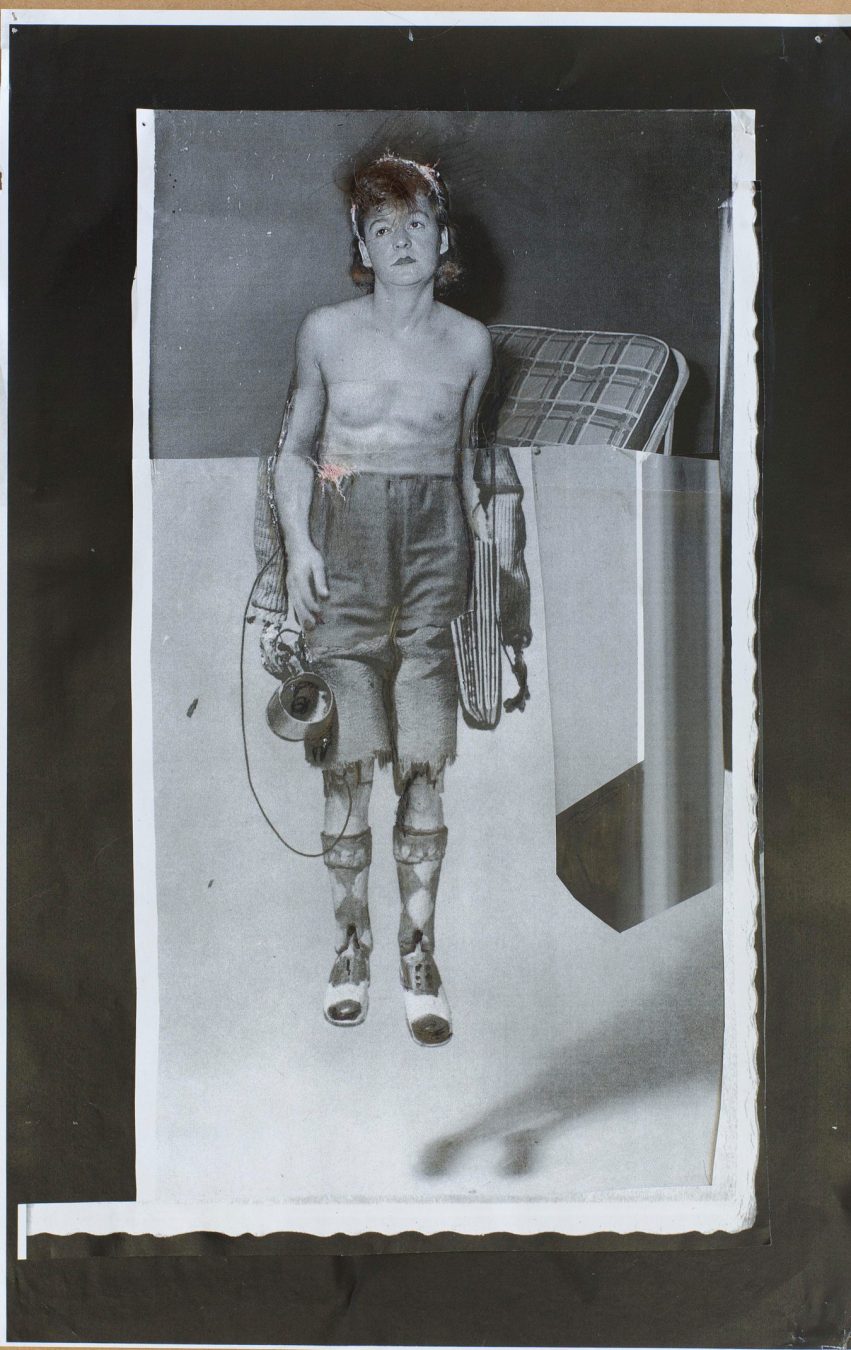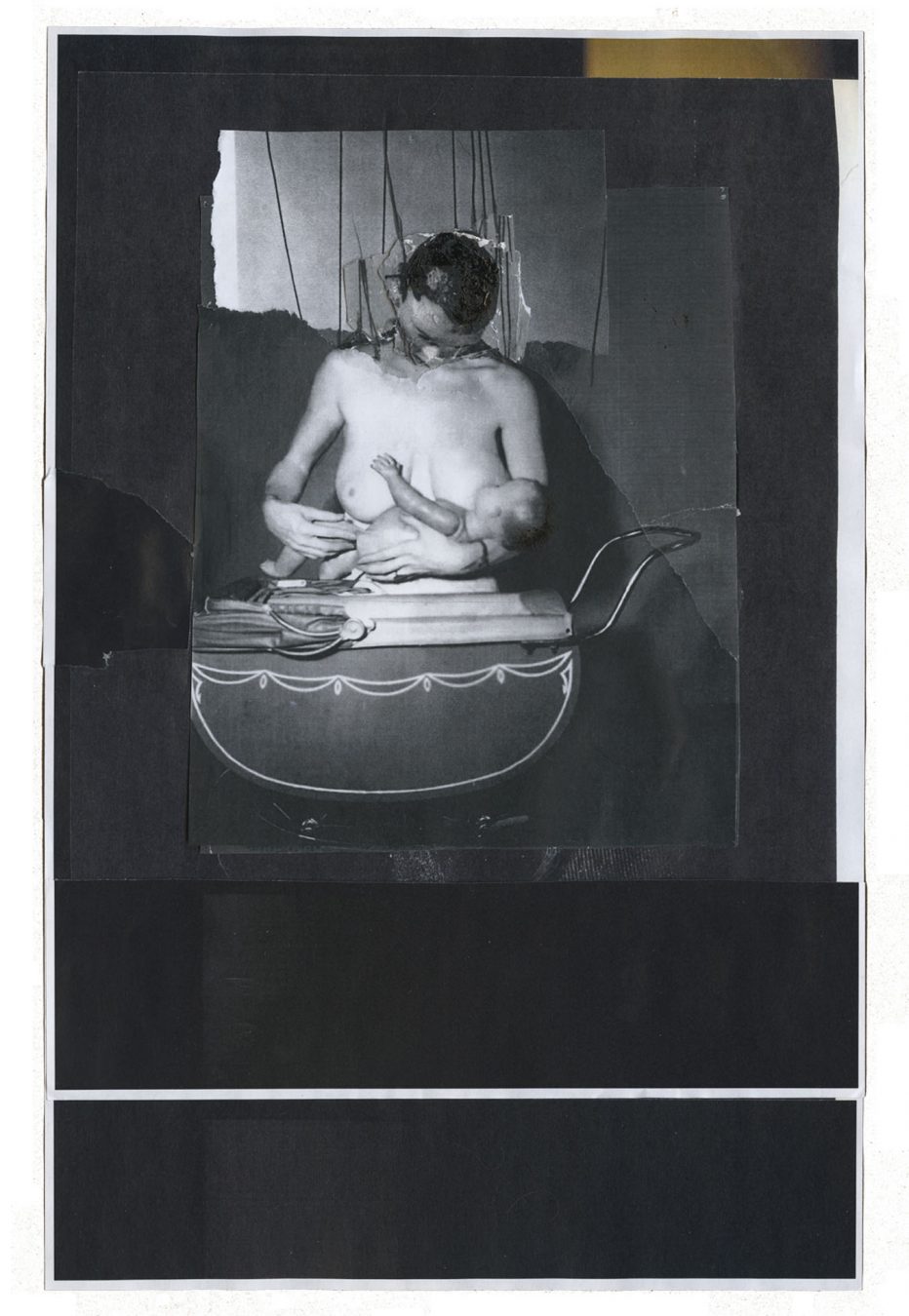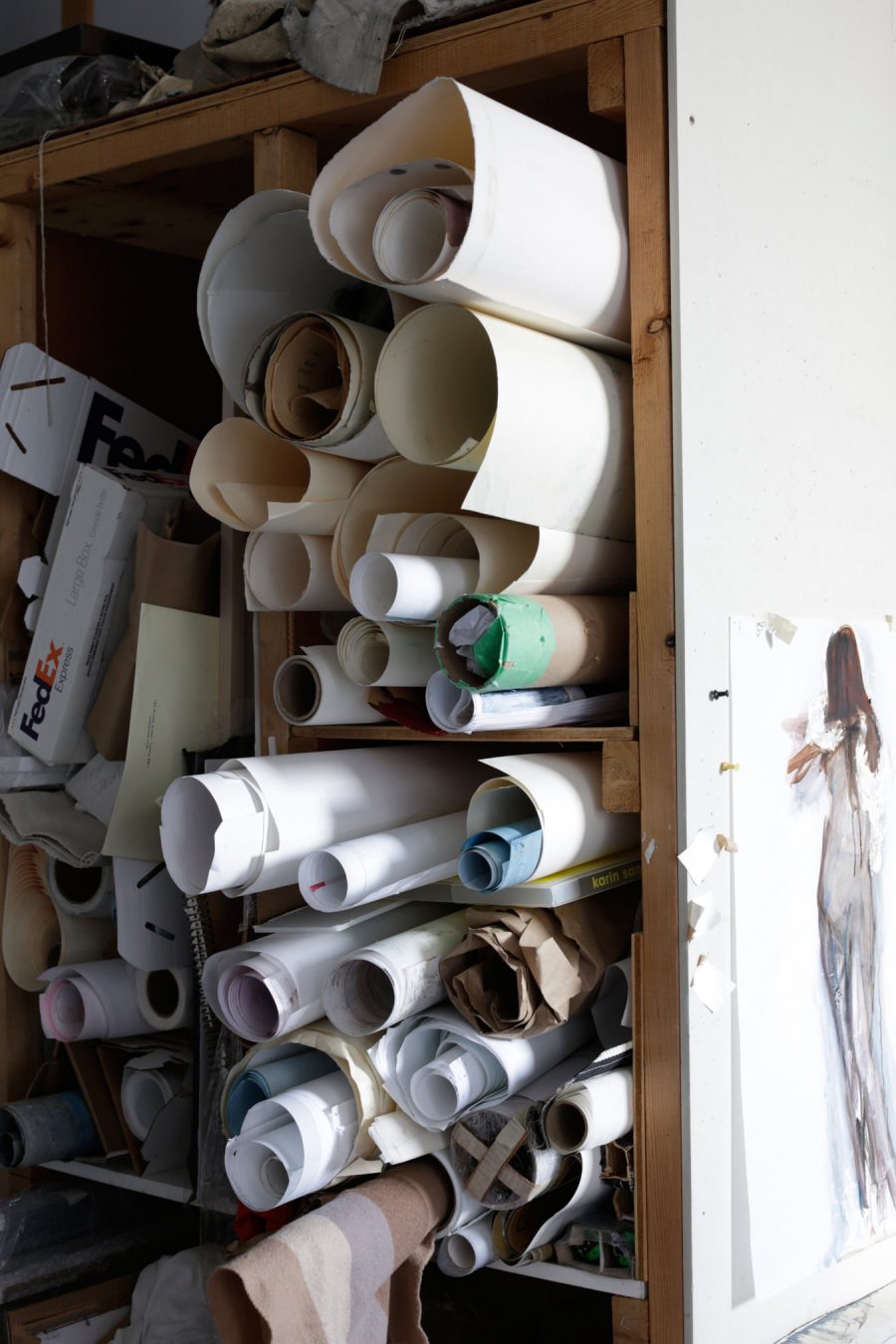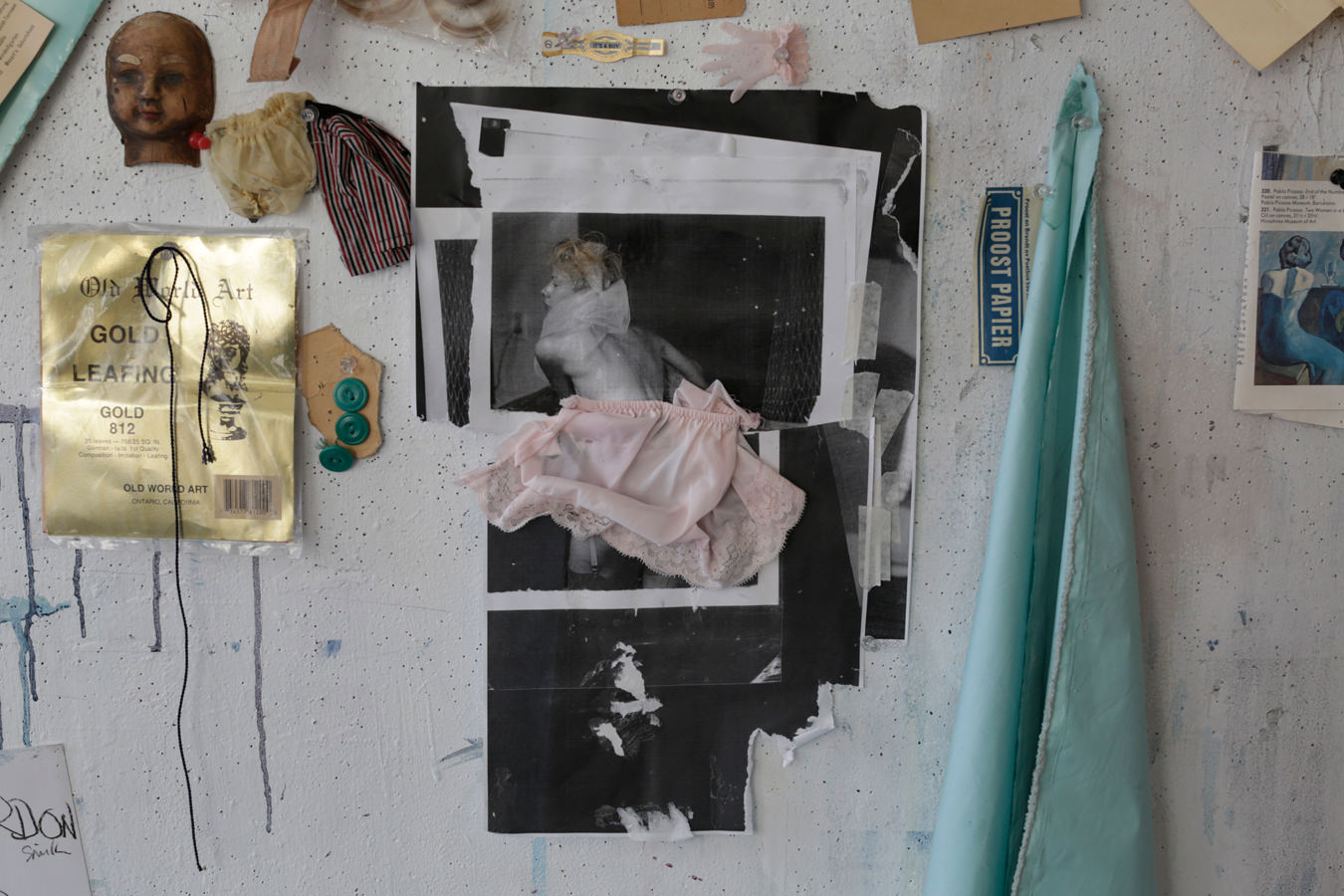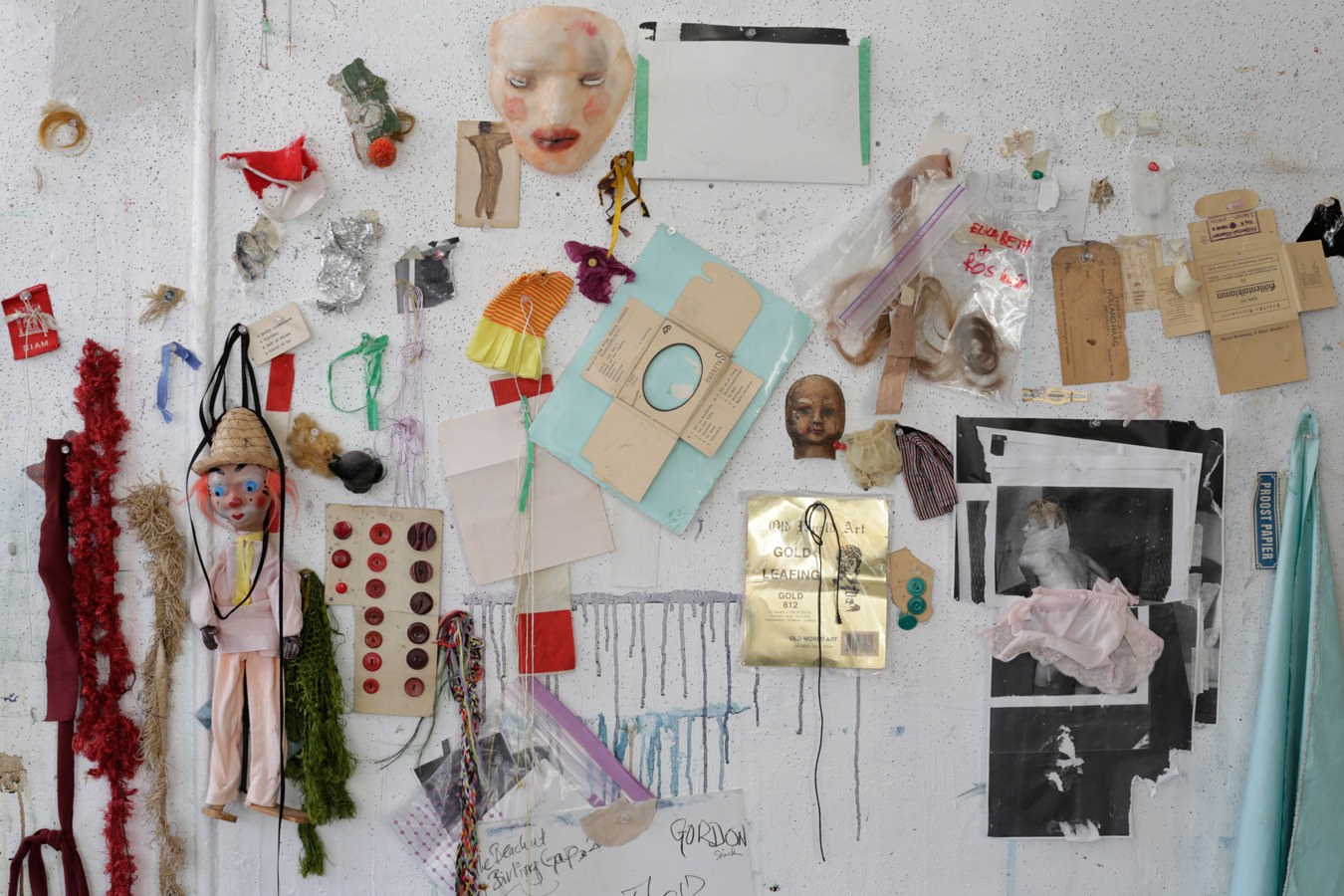In Angela Grossmann’s practice, time and content are not linear—they’re cyclical, part of an eternal return. Grossmann has worked as an artist within the national scene for over three decades. She has exhibited across Canada, the United States, Europe, and Asia, and her work is held in numerous public and private collections.
“I really don’t see my work being any different from the first thing that I ever made, to the last thing that I created yesterday. It’s all connected,” the Vancouver-based artist says. “When you look back at the arc of things, you realize you have a whole interconnected language that has developed across different bodies of work. Repetition is really important. It persists because I haven’t completely dealt with the idea that it pertains to. Ideas only become uninteresting when I’ve completely spent their possibilities. Until that time, I will often go back and investigate them from different angles.”
Grossmann is known for her collage and mixed-media art, as well as oil on canvas; her pieces explore the psychological aspects of displacement and the complexity of identity. Grossmann’s compositions delineate bold, confrontational characters that are ambiguous, categorically misunderstood, and often a little rough around the edges. Her work imbues vulnerability, darkness, and tenacity. With her portraiture, viewers explore all aspects of humanity: the good, bad, and ugly.
Grossmann’s Models of Resistance series has recently earned a fair amount of attention. Works from the suite debuted in Vancouver last year and were exhibited in Toronto—a selection from the series also travelled to China as part of the Beijing International Art Biennale in 2015.
“My work really started being about history, things in time, things that had already a language imprinted on them.”
The word “vast” aptly describes the expansive range of materials that Grossmann works with. In her career’s early days, she says, she didn’t have any money—so she worked with found materials, including old sets from the Arts Club Theatre, where she worked while in school. “This started the whole history of working on found objects, which led to works that incorporated old suitcases, curtains, tents, piano scrolls, and, of course, photos, which then led to full-on collage,” she says. “My work really started being about history, things in time, things that had already a language imprinted on them. It became a two-way conversation with the thing itself, if not a six- or seven-way one, which I still find fascinating.” Grossmann’s collage work features so many different types of intensities at play. These micro elements are at the core of her creative process. “I’m obsessive,” she admits. “For example, I’ll know that I saw a piece of paper that had a floral motif. It could have been months ago. If necessary, I’ll go through everything in my studio to find a spec of flippin’ paper. I realize that this is the manic method that I adhere to, but I won’t be able to leave it alone, because it is the right association.”
Even though it is detail-oriented, Grossmann’s process is never the same. “One thing I can say is that I don’t ever have a set image of what I want to make or how it will look,” she admits. That said, she emphasizes the importance of being strict: “As I’ve got older, I’ve become a harsh task master. You do get better, you see—that’s what’s great about this art thing. The eye gets sharper, the idea gets clearer, and the way to get there gets quicker.”
Grossmann is currently working with the McMaster Museum of Art in Hamilton, ON to organize a mid-career show. Scheduled to open in 2017, the review will be a “woman’s eye view of history,” she says. “I have been invited to pick from the museum’s amazing collection to show alongside my own work.” She is also participating in an exhibition at Vancouver’s Roundhouse Community Arts & Recreation Centre this summer as part of the Queer Arts Festival.
Unlike the early days of her career, today Grossmann finds the process of making pretty straightforward: she simply gets on with it. “I remember when I first started, I was in tears a lot of the time, trying to get things happening,” she recalls. “But it’s not frustrating like that anymore. Of course, the not-believing-in-yourself stage occasionally still comes back. But I am predominantly in the practitioner stage now. It’s just what you do. Whether you like it or not, whether it has success or not, whether it’s got anywhere to go, you make it anyway.”


